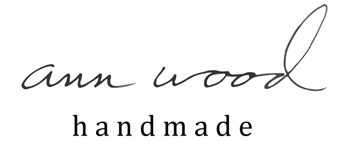You’ll need the songbird sewing pattern and details below to make your cardinal.

It’s surprisingly quick and easy to create a fabric crest for a cardinal or bluejay or tufted titmouse etc. etc.. The tutorial that follows was created for my songbird sewing pattern – but you could adjust the size to fit pretty much any bird pattern.

We made cardinals in a workshop in Vermont. It was a great weekend and the cardinals are awesome. Check out more about the workshop at the end of the post.
The Cardinal Modifications
You can find the songbird pattern here
– or use any bird pattern you like and adjust the template size.
download the crest template

1. Download and cut out the templates. Cut the face cover and 3 crest pieces from fabric.
2. Place the face cover on your bird – around the beak – trim and adjust the size however you like – for this demonstration I left it full size.
3. Pin it in place – overlap the top corners to make it fit snuggly and stitch in place.
4. Pin the head cover in place and stitch around the edge.
5. Pinch the pointed end of the crest 1 piece.
6. Pin in to the top of the head and stitch around the edge.
7. At the back stitch the sides of the opening together – just at the base.
8. Pin the crest 2 piece the same way – on top of crest 1 and stitch around the edge.
9. Again stitching the edge together – just at the base.

10. Add the third crest piece. Optional – fray the edges or make a few stitches through the crest layers. Stitch simple eyes onto the face cover.
So easy! If you try making a crest I’d love to see! Use #annwoodpattern on instagram
A couple more workshop highlights – 2 students brought a pin girl for everybody!! I love them – find the free sewing pattern to make your own here.



















































 And I hope you make owls!
And I hope you make owls!

























































